Oklahoma County cuts NE OKC site from consideration as potential jail location
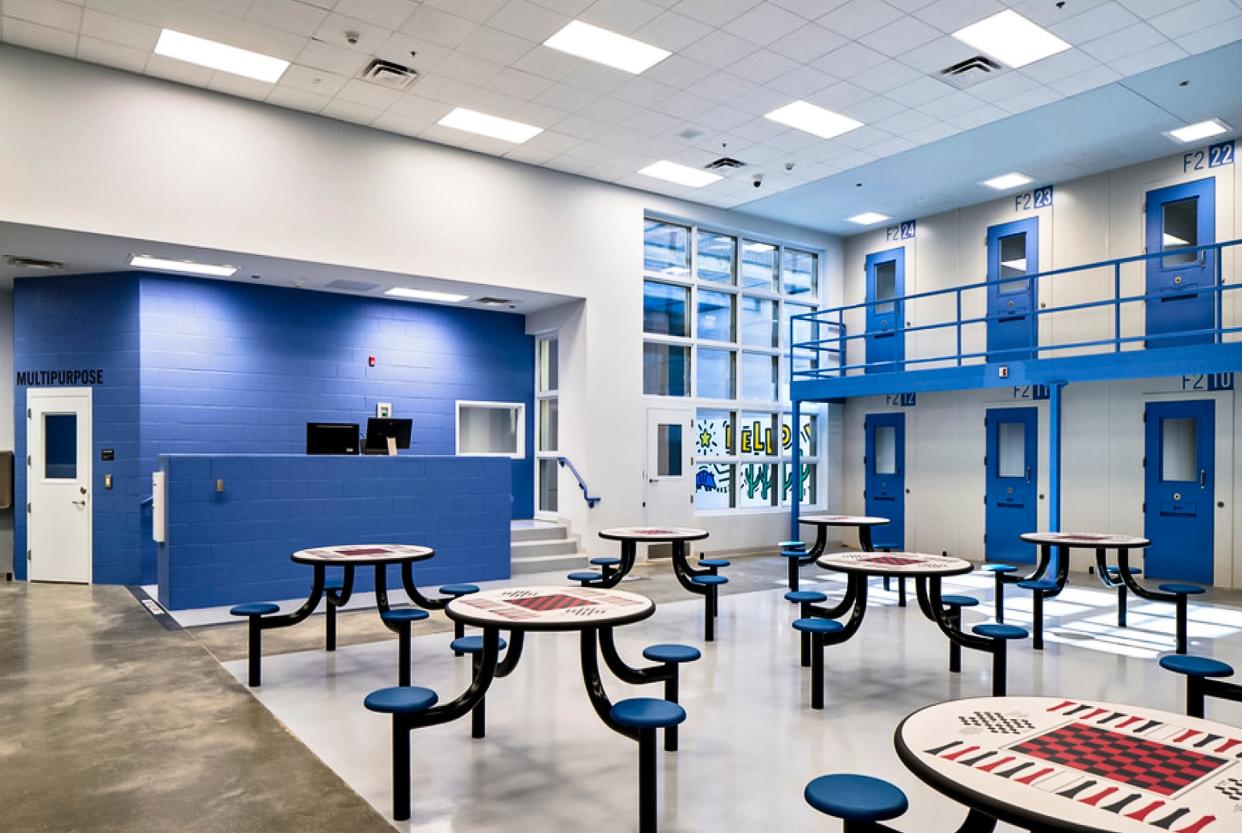
Oklahoma County commissioners voted unanimously Wednesday to cut land near NE 10 and Interstate 35 as a potential location for Oklahoma County's new jail, plus eliminated another recently arrived offer involving land near SE 59 and Post Road.
But Brian Maughan, chairman of the county's board of county commissioners, predicted numerous new locations, including perhaps as many as 10 submitted by the city of Oklahoma City, could be considered when commissioners gather again later this month.
Wednesday's commission meeting capped a busy past week for jail-related issues.
Oklahoma City was told in a letter from the Federal Aviation Administration released late Tuesday its request to sell land to the county for a new jail near the airport likely would cost it access to future federal grants.
"The proposal to develop a jail facility is considered an institutional use, which is an incompatible land use due to noise sensitivity, concentrations of people and other impacts related to daytime and nighttime aircraft operations," wrote Glenn A. Boles, the manager of the Federal Aviation Administration's district office for airports in Oklahoma and Arkansas.
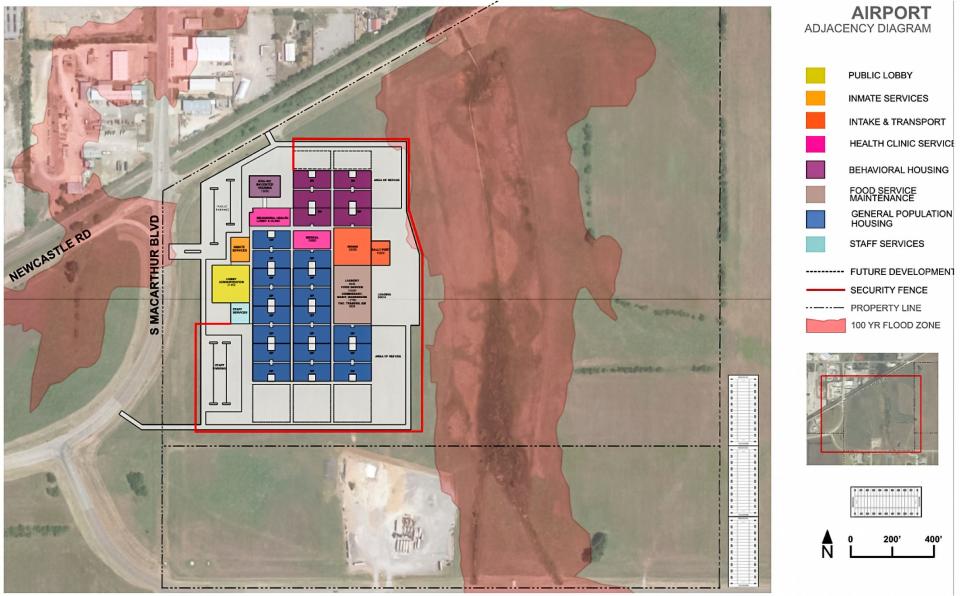
"Action by the Oklahoma City Airport Trust and/or the City of Oklahoma City to change zoning to allow an institutional use is directly contradictory to the requirements of Grant Assurance 21 (the airport's main source of federal funds) and thus would likely be considered a violation, as well as affect consideration of future discretionary funding requests," Boles wrote.
As for the airport location, Commissioner Carrie Blumert said that remains the county's preferred location unless something better can be found, with Commissioner Brian Maughan, the board's chairman, saying he held out "a small sliver of hope" something might get worked out.
The county has offered to buy 50 acres of the land there for about $2.5 million.
Meanwhile, Blumert convinced her colleagues to join her in eliminating the northeaast Oklahoma City site, noting she was fulfilling a promise she made to the Baptist Ministers Association after a meeting last week where several jail advocates and politicians who represent that part of Oklahoma City told commissioners a jail there was not welcome.
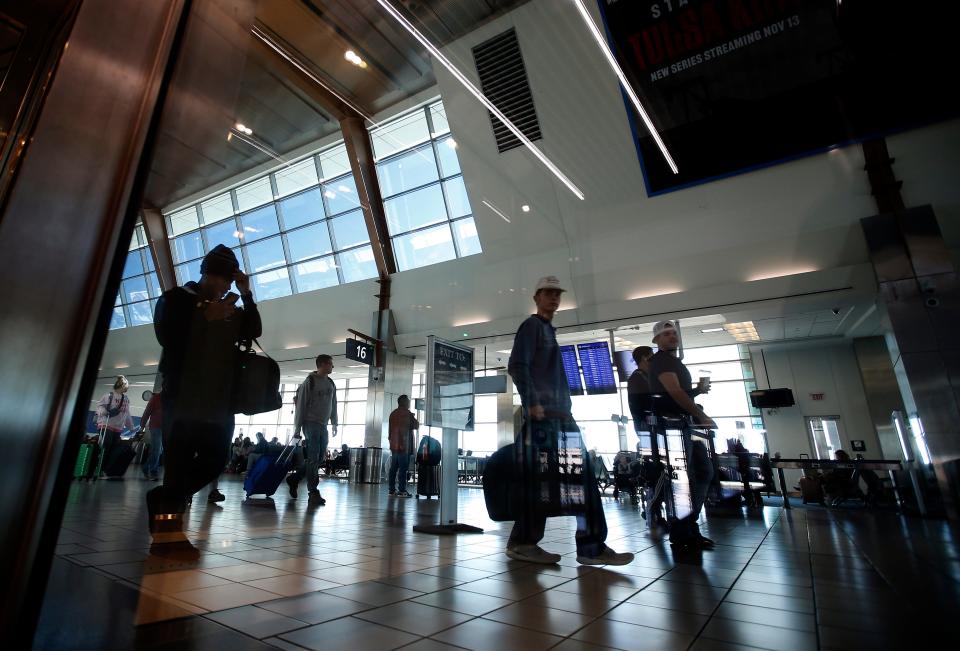
"Obviously, there have been a lot of folks contacting the commissioners by phone, email and showing up here to speak to show opposition to particular sites," Blumert said. "As commissioners, we want to try to be as sensitive to that as we can."
Maughan said it is imperative to keep county residents informed.
"It's a transparency issue. We want to make sure everyone can see what's offered," said Maughan, who added each suggested site will undergo evaluations that include property sizes, proximities to the courthouse, available utility services and what else is located nearby.
"The city is working with us," said Maughan. "Those would have to go through a vetting process, obviously.":
Location matters for various reasons, members of Oklahoma County's Citizens Bond Oversight Advisory Board were told on Tuesday by Curt Pardee, a principal with HOK, the architects selected to help the county design a future jail.
Land size impacts jail design, construction costs and manpower needs, HOK says
Oklahoma County could have a single-story jail with a mezzanine (essentially, a two story operation) if it can build it on a location it desires.
But in a worst-case scenario, it could be forced to build a five-story jail downtown that could add as much as 20% to its construction costs (not including needed extra land), plus require as many as 10 elevators, Pardee told board members on Tuesday.
Pardee also showed board members examples of how a new jail might be designed at the airport location and at another location offered for sale to the county at 1901 E Grand Blvd. for $5.41 million by Willowbrook Investments LLC and Garrett & Company Resources LLC.
In both cases, designers would build a behavioral health center with the new jail and would pursue low-rise designs eliminating a need for most elevators. The design would also help keep labor costs under control by laying out the pods so that a lot of detainees could be directly supervised without needing to use a lot of roving jailers.
While board members were not shown a graphic showing how the downtown jail would be designed, Pardee said his team believes it would need about 17 acres of land for that project.
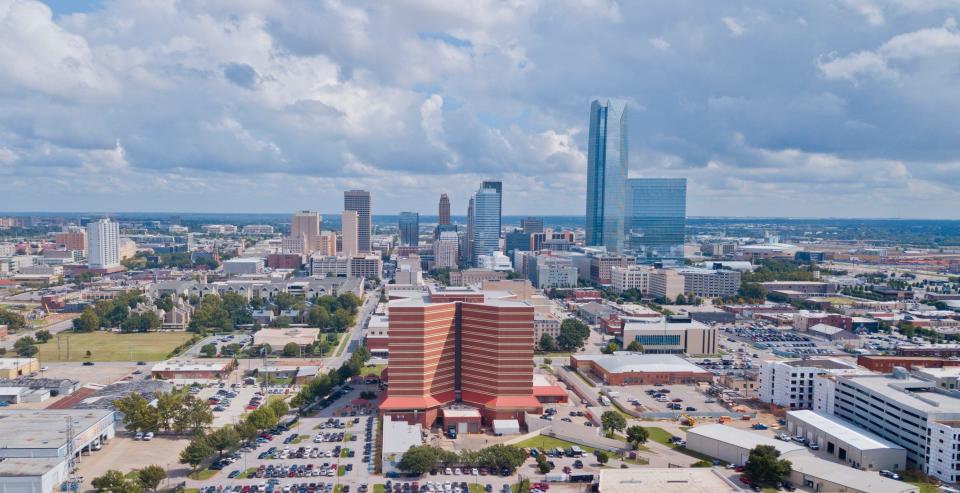
Elevator issues are huge, said Stacey Trumbo, Oklahoma County's engineer.
The current jail, built in 1991, was designed to use three elevators to move detainees around inside. During normal operations, usually only one is operational, and getting repairs made when they break is difficult, Trumbo said.
"There are only three or four elevator companies operating in the country, and they can choose who they work for," Trumbo told board members Tuesday. "I can call and say I need an elevator repairman, and it will be three months before one even shows up.
"We are not a high-priority client. That is where the anxiety about elevators comes from, because unless there is going to be a whole bunch of new elevator companies springing up with high quality service, we are not really crazy about getting into that game," he said.
Besides elevators, which Pardee agreed Oklahoma County doesn't want, the design team also is evaluating how big of a jail to design for Oklahoma County based upon its available budget, the number of beds it will need and the probable number of employees it expects it will have to operate the future facility.
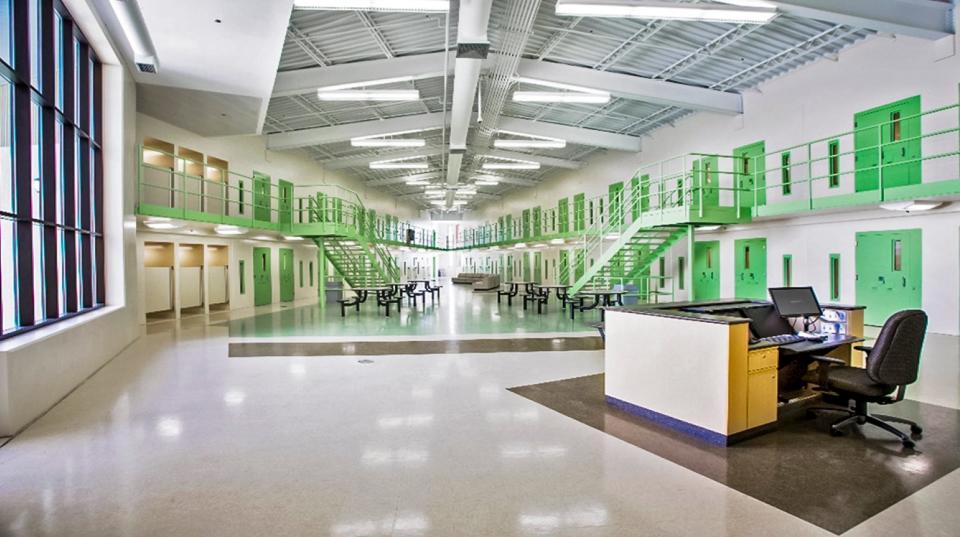
Designers are meeting with jailers and medical service providers inside the current jail to better understand how much space they need to process people into the facility, conduct required screenings and then ultimately release them after their cases have been adjudicated.
Plus, because the new jail may not be as close to the courthouse as it is currently, questions are being asked about what types of courtrooms might be needed, as well as how much space should be dedicated as meeting spaces for detainees, their attorneys and family members.
Finally, room must be set aside to treat people who have behavioral health issues who are not under arrest as part of the behavioral health unit being paid for using ARPA funds.
Designers and the county are re-evaluating design options that could include as few as 1,600 beds and as many as 2,400, with the county's $300 million total budget for the project being a primary driver behind that determination, Pardee said.
Oklahoma County is doing a good job of reducing the number of detainees currently in its county jail, with an average population recently about 1,300, Pardee said.
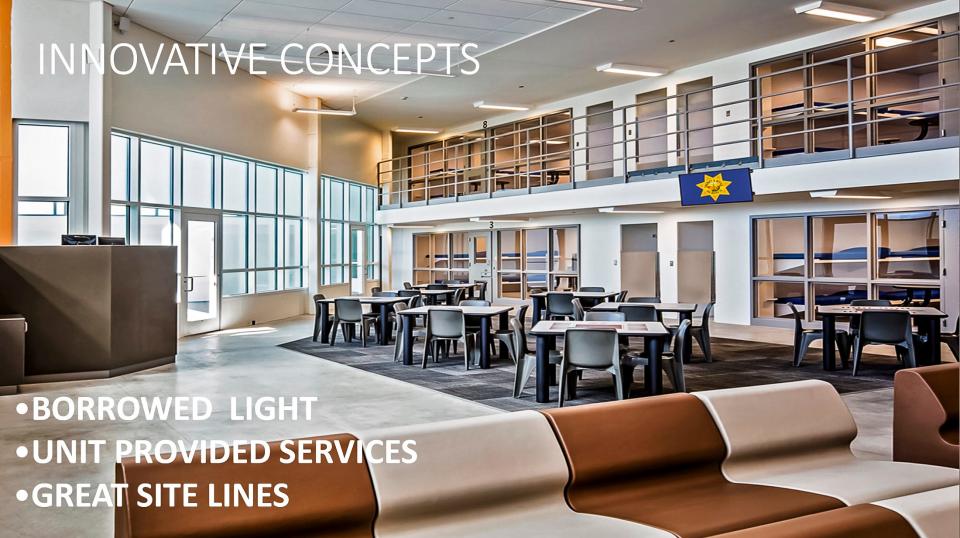
If Oklahoma County were to build a jail to meet its need today, it could get by with about 1,600 beds (a good rule of thumb is to have about 15% of beds free to handle extra loads or to separate detainees that pose threats to one another, he explained).
But how far out into the future should Oklahoma County go? "That's the other piece," Pardee said.
Oklahoma County is seeing an average population increase of about 1%, annually. If its per-capita rate of arrests keep pace, a larger facility inevitably would be needed.
"We have talked a lot about an 1,800 bed jail and have looked at building one with 2,000 beds to give the county an appropriate amount of growth space to consider as it moves forward," he said, adding that jail support facilities also must be large enough to handle anticipated future needs.
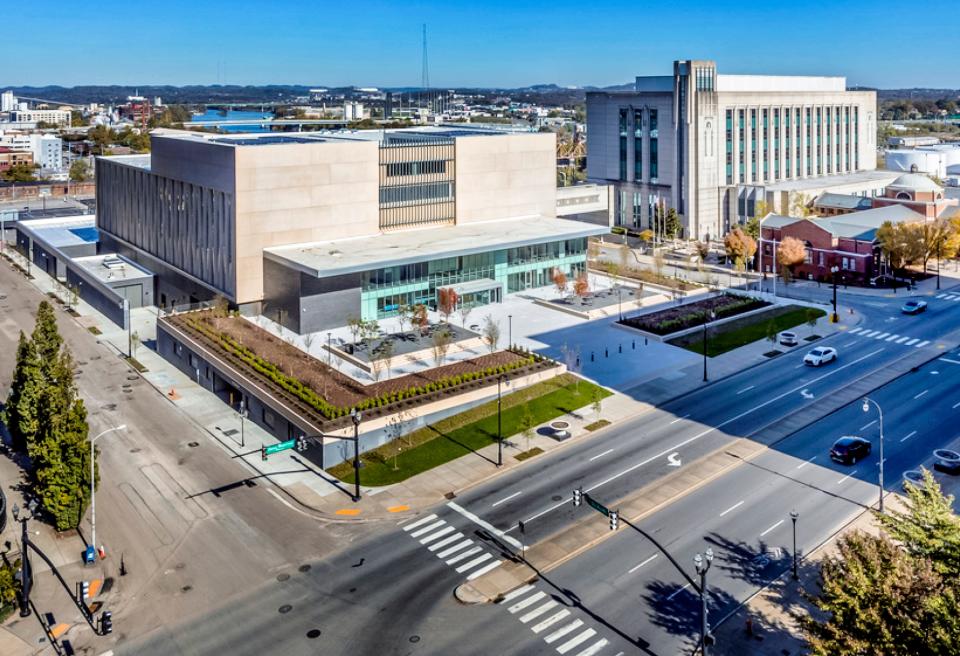
"I am not trying to dodge your question," Pardee told board members after they asked how many beds might be required.
"This will take conversations with you, commissioners and everyone involved in this project to figure out what the number needs to be. One of the first things you have to do is understand what those space needs are," Pardee said. "It's all part of the process."
This article originally appeared on Oklahoman: Oklahoma County broadens jail site search after cutting NE OKC location

